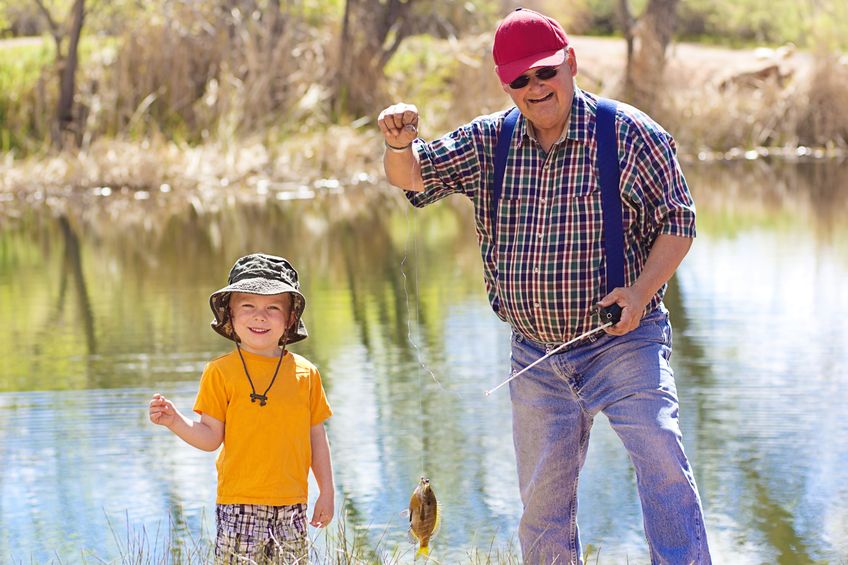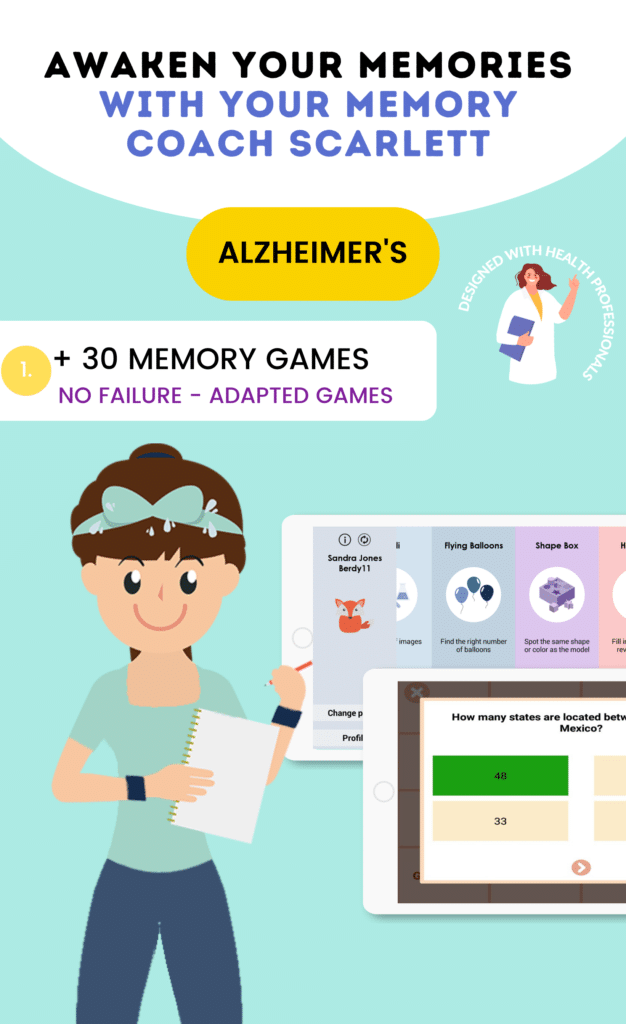You’re wondering how to explain Alzheimer’s to a child ? Jeannette is here to help you.
Tips to explain Alzheimer’s to a child
“Why is Grandma like that? Why does she always forget my name ?” These are questions that your children can ask you, when they face changes in behaviors and moods of their grandparents.
So Jeannette : how can we explain Alzheimer’s disease ?
Alzheimer , should we talk about it ?
Indeed, parents often tell us that they want to protect their children. However, a child who does not understand can resent their grandparents “for being like this,” or use his imagination to explain these changes, and this can lead to misinterpretations a child will suffer from. They could think their grandparent does not love them anymore, or are not interested in them. We must therefore take the time to explain the disease even if it is not easy. I will try here to give you some advice.
How to explain the symptoms?
The easiest way to start is to talk to the child: What scares him? What worries him? This will make it easier to explain the key elements that must include:
– The disease is not contagious.
– This disease causes difficulties in everyday life to remember events, names, paths, etc. You should start explaining these symptoms starting by using concrete events that the child has lived with his grandparents.
– We must be patient and realize that it’s not easy for someone to accept that he forgets things .. and especially since we unfortunately cannot be cured. And although his or her capabilities are dicreasing, he or she will always remain grandma or grandpa!
Finally, your children are very creative, they can even suggest new ways of communication adapted to your own parents. Our memory games and brain training are often used in care homes in Alzheimer’s unit, and caregivers have realized that it was a great tool for families to keep having an activity together. It is often magical to make grandparents play with their grand children on a tablet !
Throw yourself in, the hardest part is to start the conversation!



